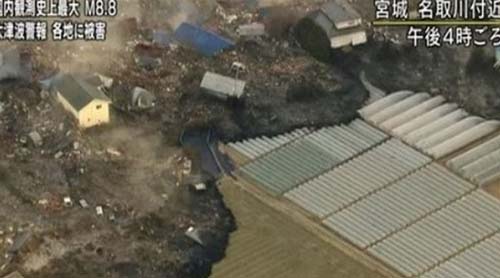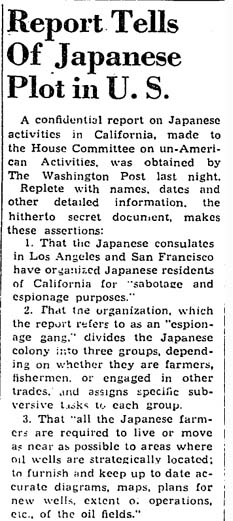
Unless you live in California, most Americans can’t imagine what it’s like to be in a minor earthquake, never mind a major one. As a kid in Japan, I lived through lots of little quakes. They were no big deal. If the quake seemed serious or went on too long, we’d simply go outside and wait. But there was never a major quake when I lived in Japan.
In the 1990s, on a trip to Japan with my mother, an earthquake hit just after I checked into a hotel in Sapporo. I was hanging up shirts and jackets in the closet when they started swaying. We were on the 10th floor so I could feel the building swaying at least two or three feet. I had a flash of fear, and opened the door to the room and wedged myself in the doorway as a safety precaution (I think it’s something I remembered from my childhood), but I knew if the building collapsed standing in the doorway wouldn’t help. I looked out the door, and no one else seemed as concerned as me, except my mom poked her head out of her room.
As it turned out, the temblor didn’t cause much damage in Sapporo, the largest city in the northern-most Japanese island of Hokkaido. But two days later when we arrived in Nemuro, my mom’s hometown at the easternmost tip of Hokkaido, we saw the power of the “jishin,” or earthquake. Roads were humped up in the middle and the pavement split like the top of a loaf of bread, and in the town’s cemetery, my grandfather’s memorial had crumbled into a pile of rubble. But life went on as normal. Luckily there were no casualties from that quake, and there was no tsunami that followed in its wake.
The Great Tohoku Kanto Earthquake, which is now what the Japanese call the March 11 disaster, is the strongest earthquake in the country’s recorded history. That’s saying something for a country where quakes are so common there are established rules for what you’re supposed to do when they strike, like people in Kansas are taught from childhood what to do if a tornado touches down.
Continue reading →













